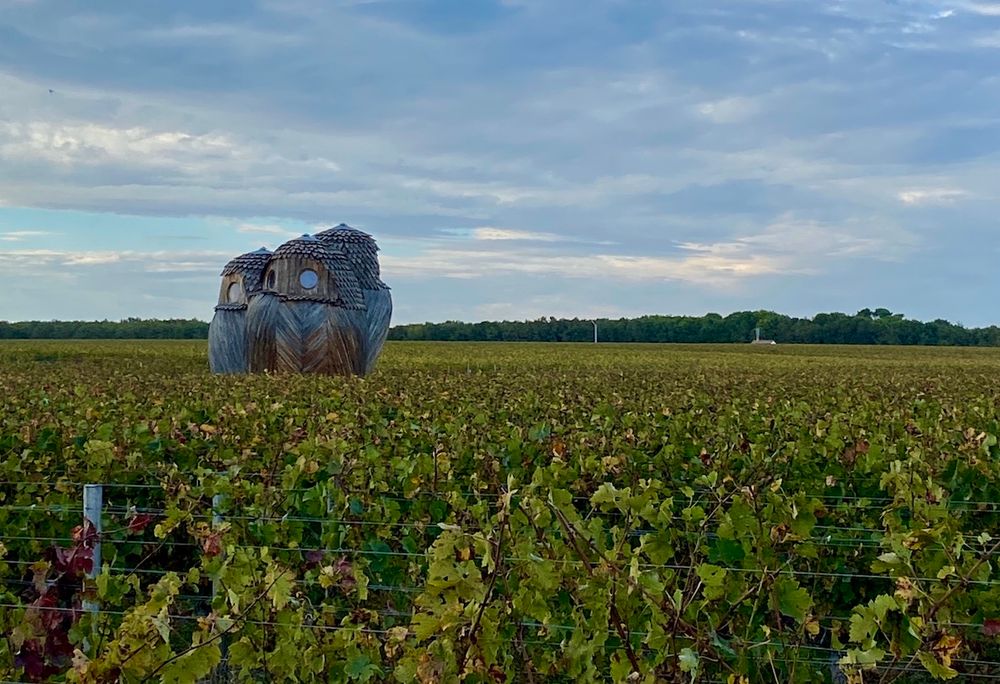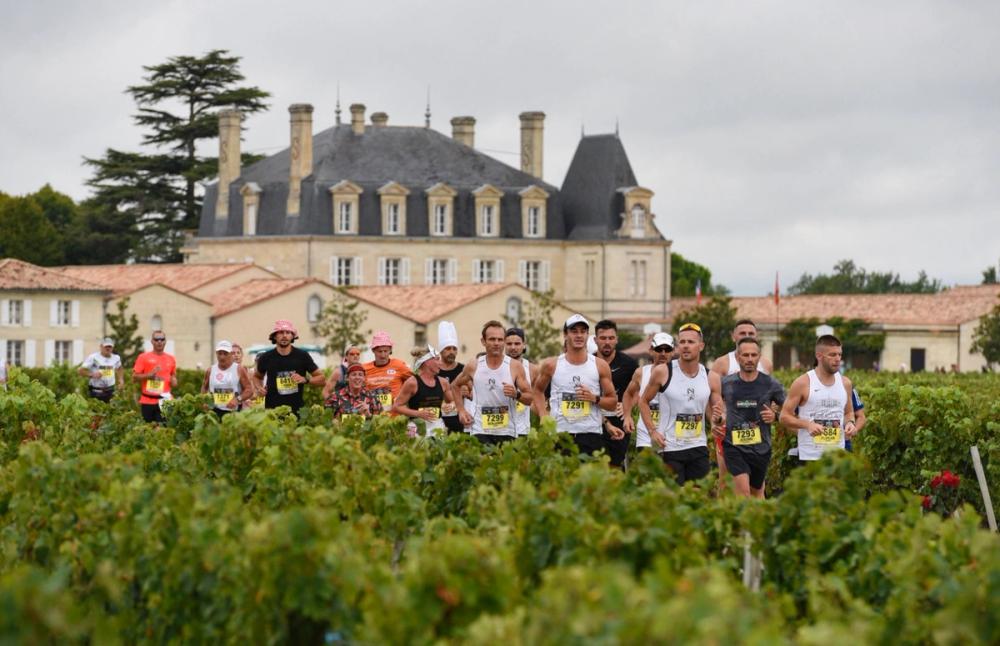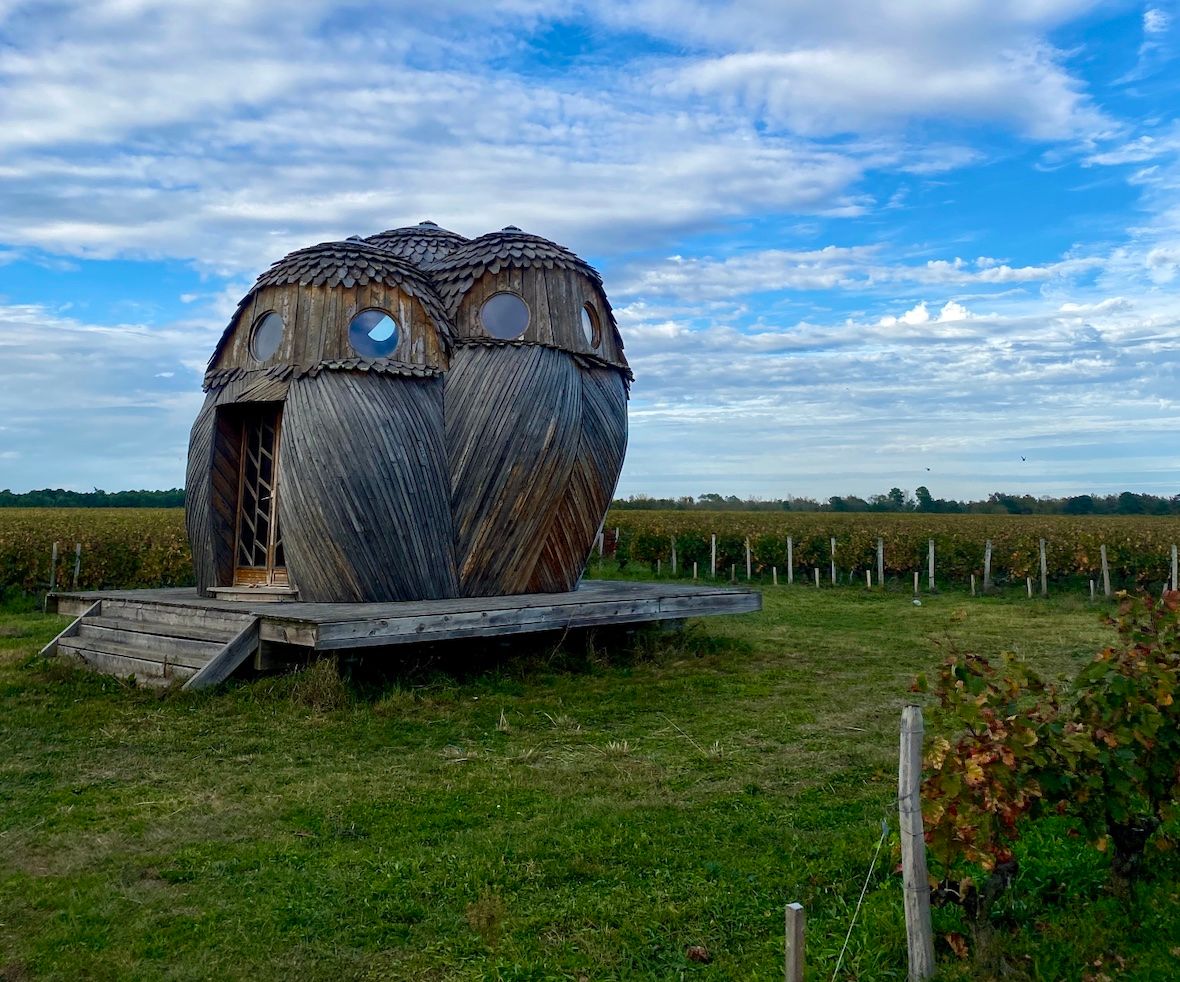From the wines it makes, to how it talks about them Bordeaux is changing arguably faster than any other time in its modern history, as Ellie Scott explores.
Bordeaux is undoubtedly one of the most famous wine regions in the world. Its wines have been revered for centuries and still command the highest prices in the market. The enduring success of the top Bordeaux red wines has somewhat overshadowed other wines in the region, however, and there is a recognised need to modernise and remain relevant to consumers across all sectors of the market.
Education and Wine Tourism
The CIVB’s Bordeaux Wine School was created to offer training for wine professionals, journalists, and the public, with 200 tutors all over the world. Education of this type will be key for increasing the transparency of what is happening in modern Bordeaux – a region previously seen as incredibly closed.
The opening up of châteaux in the region and focus on wine tourism has been a major change. Twenty years ago, visiting estates in the region would have been unthinkable for anyone outside of the wine industry. In 2005, four female winemakers in the Médoc worked together to offer tours, gain visibility, and promote their wines. Les Médocaines bump-started the wine tourism industry in the region, and it continues to evolve.

Château d’Arsac has become a focus for wine tourism thanks to its art sculptures it has introduced to its vineyards – like this summerhouse in the shape of owls
The eclectic art and sculptures in the grounds and vineyards of 1,000-year-old Château d’Arsac range from a wooden summerhouse in the shape of owls, to a provocative golden statue proffering a drinks tray. The pieces of art are a major draw for visitors, offering something other than vineyards to admire.
Technical director, Loïc Le Bozec, says visitors are a mix between those who want to taste the wines, those who just want to see the art, and many who make a trip for both. Château Léognan is likewise capitalising on tourism by adding new rooms to its existing boutique hotel, and with a high-end restaurant, gym and spa housed in the peaceful surrounding forest, wine can be an addition rather than the main focus of a trip.
Domaines Fabre’s Château Lamothe-Cissac has started offering its own type of wine tourism with a twist on an escape room where gamers have to answer wine-themed puzzles and questions in order to unlock a case and release wine bottles.

The Médoc Marathon has become a tourism event in itself as well as attracting of 1000s of people to Bordeaux to take part
Vincent Fabre, owner of Domaines Fabre, is also president of the Marathon du Médoc, and explains how when the race was set up in 1985 it was almost universally regarded as a crazy idea – why would you let the public run through your wine estate? As châteaux in the region continue to open up, the race is now an annual fixture and fully embraced by the Médoc wine community. Wines are offered every mile or so to consumers who are often not typically Bordeaux drinkers, as they trot around the course dressed as superheroes or bunches of grapes.
Attracting new consumers
Part of the reason for creating attractive wine tourism offerings is to appeal to both new consumers and a younger generation of drinkers. Studies show younger generations in both France and the UK are not drinking as much alcohol, and when they do, cocktails and craft beers are often the drinks of choice. The consensus seems to be that selling new generations on the charms of Bordeaux’s most famous product will involve highlighting the lighter, fresher styles on offer: unoaked whites, rosés, and Crémants de Bordeaux.
Clairet, the light red which gave Brits the word ‘Claret’ for Bordeaux wines, is made with 48-72 hours maceration to extract more colours and tannins than a rosé. As demand for light-bodied and chilled reds increases, could clairet make a comeback? Still a very small percentage of production, it is rarely seen in the UK, but could be an easy sell to those looking for something easy drinking but still traditionally Bordelais.

Lamothe-Cissac is looking to broaden the appeal of its wines by focusing on single varietals and using bright, appealing designs
Lamothe-Cissac is also trying to attract a new group of drinkers with single varietal wines: a Merlot, a Malbec, and a sulphite-free Cabernet Sauvignon. Modern labels and low sulphite options are clearly aimed at a different target market from their Grand Vin.
Sulphite-free wines also take centre stage at Château Castagnac, with fun and collectible labels also a key part of its marketing. As at other family estates, Castagnac is letting the new generation take the lead when it comes to marketing and positioning. Although her father is still very much involved, Lydia Coudert is the one in charge of the modern branding, focus on sulphite-free wines and changing the way the château interacts with the market, distributing directly rather than through négociants.
Vincent Fabre agrees that this direct contact with consumers is a savvy move for many producers, not only for consistent pricing across markets, but to really know what end consumers want.
Modern styles
Style changes aren’t just down to the demand for easier drinking wines. In 2020 the CIVB started a ten-year trial period for new varieties permitted in Bordeaux, as an attempt to future proof the region in the face of climate change. These varieties can only form a maximum of 10% of the final blend and 5% of the area under vine. The benefit of being a region that is famous for making blends, is of course that changes can be made in the proportions of the blend as well as in the varieties included. Those wishing to experiment further could also take the option of opting out of AOC regulations – Domaines Fabre is planning to make its first white wine from new varieties as a Vin de France.
In wineries, many producers are commenting that they prefer to extract tannins and colour in a gentler way than in the past, for example only using pumping over, and there is a definite push towards softer tannins and less overtly oaked styles. Existing ageing processes are being challenged as knowledge and understanding about the role of oxygen increases, plus the market seems to be demanding more wines suitable for immediate drinking.

Barrels and amphora at Château La Louvière
With the reduction of new oak, other vessels are being used and experimented with. At Château Fourcas Hosten and Andrew Lurton’s Château La Louvière wines aged in amphorae are blended with those aged in oak to create balanced blends. Both châteaux note conscious reductions in oak are based on their views that consumers often look to open bottles sooner and want something fresher and rounder.
At Château Clarke, a similar modernisation meant looking at not just packaging and branding to balance the appeal to both existing and new customers, but also the style of their wine. Fabrice Darmaillacq, head winemaker, explains the aim was to make a serious Grand Vin while also making it modern, fun and sexy. They see the ripeness of tannins as key to giving finesse and elegance without transforming the house style. With the help of highly regarded oenological consultant, Eric Boissenot, newer vintages tread the line of being elegant and approachable, while retaining the structure and balance to be age-worthy.
Sustainability
The continuing focus on sustainability and conservation of the environment is another key trend in Bordeaux. Having been a big proponent of organic viticulture, and hence also a case study on the build-up of copper in soils, new measures are key to ensuring the long-term sustainability of vineyards in the region. Environmental initiatives remain a major concern for many, with producers keen to encourage biodiversity, whether that be through the use of bat boxes to encourage these insect predators, the use of pheromones instead of insecticides, embracing agroforestry or planting hedges and cover crops.

Respect to the sheep at Château Hourtin-Ducasse
At Château Hourtin-Ducasse, its flock of sheep is an important part of the vineyard ecosystem – living there year-round, grazing, aerating soils with their hooves and fertilising with manure – as well as the estate, with all the sheep named and photographed on an ovine wall of fame.
As the largest AOC vineyard area in France, it is unsurprising that even the CIVB themselves admit managing the huge size of the region can be like trying to steer a giant ship. Even small changes in direction will take time to implement. But there are a number of exciting new trends emerging. If Bordeaux can nurture a reputation as an open, friendly, and accessible region with diverse, modern styles, there is little chance of it losing its crown as one of the top wine regions in the world.
- You can find out more about what is happening in Bordeaux at the Vins de Bordeaux website here.
































